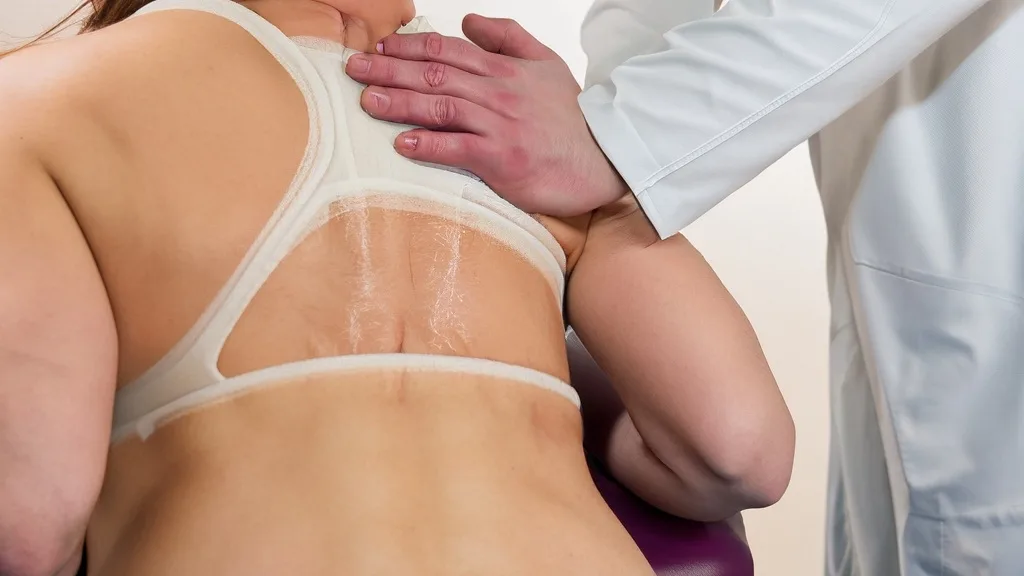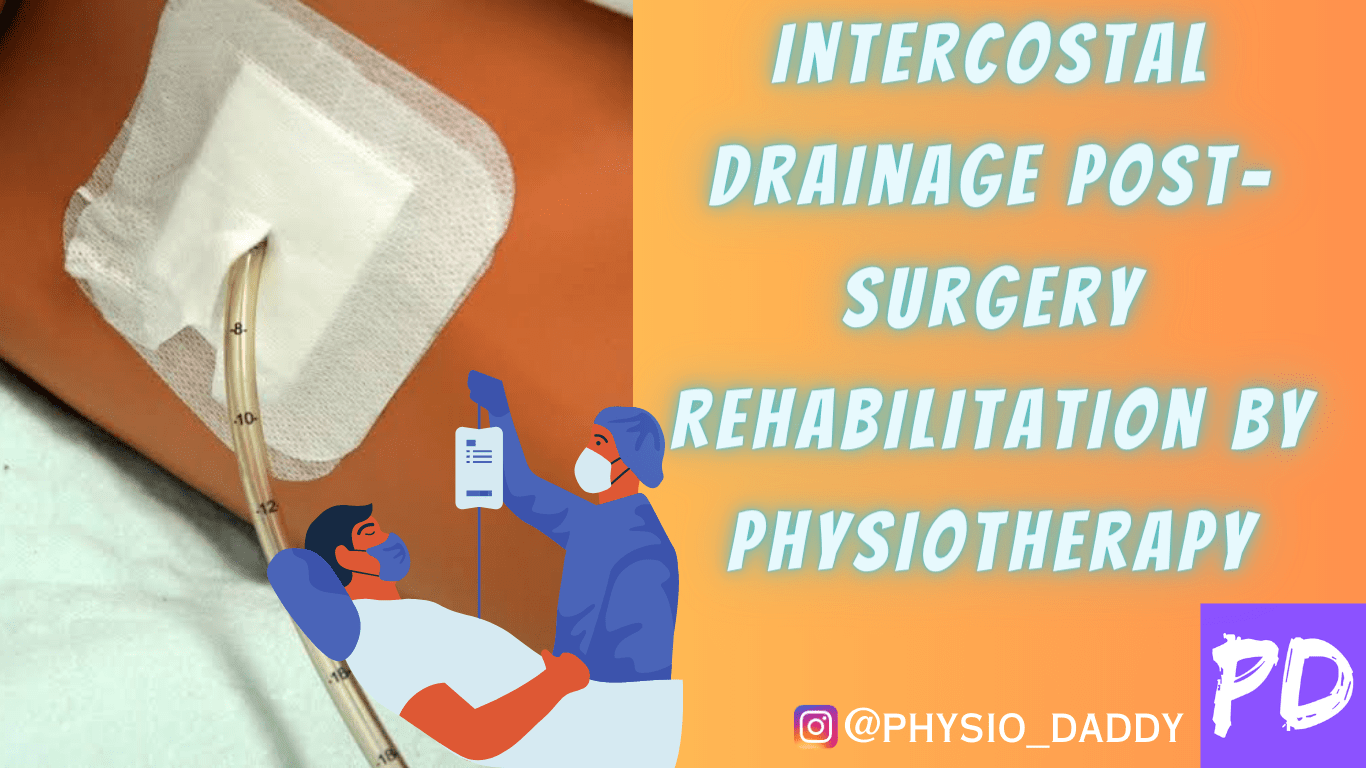Undergoing intercostal drainage post-surgery can be a challenging experience for patients. It involves the insertion of a chest tube to drain excess fluid or air from the pleural space. Proper rehabilitation after the procedure is crucial for a successful recovery.
In this blog post, we will explore the role of physiotherapy in the rehabilitation process and provide valuable insights into the exercises, techniques, and benefits associated with intercostal drainage post-surgery rehabilitation.
Understanding Intercostal Drainage Post-Surgery

Intercostal drainage post-surgery is performed to manage conditions such as pneumothorax, pleural effusion, or hemothorax. The procedure aims to remove excess air or fluid, allowing the lungs to expand properly and promoting optimal respiratory function.
The Role of Physiotherapy in Rehabilitation
Physiotherapy plays a vital role in intercostal drainage post-surgery rehabilitation. It focuses on enhancing respiratory function, reducing pain and discomfort, restoring mobility, and improving overall quality of life.
A skilled physiotherapist can design a personalized rehabilitation plan to address specific patient needs.
Early Mobilization and Breathing Exercises
Early mobilization is crucial in preventing complications and promoting a speedy recovery. Physiotherapy promotes gentle movements and breathing exercises, which help prevent postoperative complications such as pneumonia, atelectasis, and muscle weakness.
These exercises aid in re-expanding lung tissue, increasing lung capacity, and improving respiratory efficiency.
Techniques and Exercises for Rehabilitation

- Deep Breathing Exercises: Diaphragmatic breathing and incentive spirometry are essential techniques to strengthen the respiratory muscles and enhance lung function.
- Chest Mobility Exercises: Controlled shoulder and rib cage movements, lateral bending, and arm elevation exercises can improve chest mobility and prevent stiffness.
- Coughing and Airway Clearance Techniques: Assisted coughing, postural drainage, and percussion techniques help clear airway secretions and prevent respiratory infections.
- Progressive Strength Training: Gradual strengthening exercises for the intercostal muscles and upper body can enhance overall functional capacity and facilitate a faster recovery.
Pain Management
Physiotherapy also focuses on pain management techniques to alleviate discomfort associated with intercostal drainage post-surgery.
These may include heat or cold therapy, transcutaneous electrical nerve stimulation (TENS), and manual therapy techniques such as gentle massage and mobilizations.
Benefits of Physiotherapy Rehabilitation

- Improved Respiratory Function: Physiotherapy helps optimize lung expansion, increase oxygenation, and enhance overall respiratory capacity.
- Pain Relief: Proper rehabilitation techniques alleviate pain and discomfort, promoting a better quality of life during the recovery process.
- Enhanced Mobility and Functional Independence: Physiotherapy exercises aid in restoring mobility, strength, and functional independence, enabling patients to resume their daily activities more comfortably.
- Prevention of Complications: Early mobilization and breathing exercises significantly reduce the risk of postoperative complications such as pneumonia, atelectasis, and deep vein thrombosis.
Conclusion
Intercostal drainage post-surgery rehabilitation by physiotherapy plays a pivotal role in ensuring a successful recovery for patients. By incorporating various techniques, exercises, and pain management strategies, physiotherapists can help patients regain respiratory function, alleviate pain, and restore overall mobility.
If you have undergone intercostal drainage surgery, consider consulting a qualified physiotherapist to design a personalized rehabilitation plan and make your recovery journey smoother and more effective.
Remember, every patient’s rehabilitation process may vary, so it’s essential to follow the guidance and recommendations provided by your healthcare team to achieve the best possible outcome.


